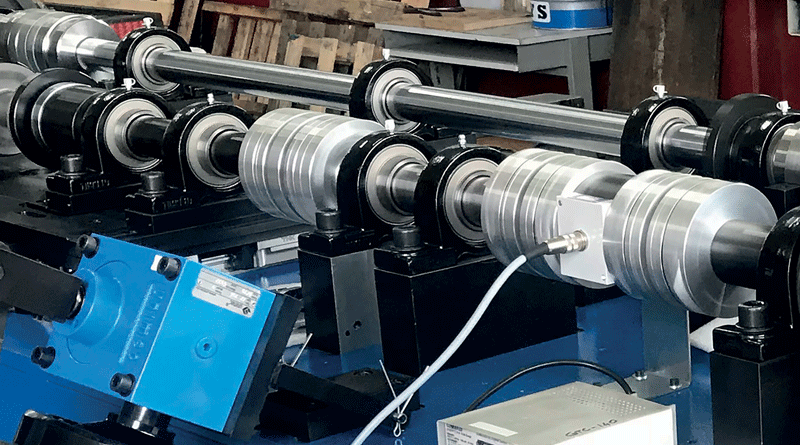Monitoring wear of splined shafts
The Department of Mechanical and Aerospace Engineering of Politecnico, Torino, chose Mondial components to complete its brand-new test bench for splined shafts. The test bench will provide important information that will be useful for the development of predictive models for the wear of such components. Mondial supplied elastic couplings and KTR couplings, ball bearings and ETP clamps.
Mondial continues and deepens its collaboration with the Polytechnic of Turin, providing couplings, ball bearings and shrink discs to produce a test bench for splined shafts. Developed by the Mechanical and Aerospace Engineering Department of the prestigious university, the test bench allows a whole series of tests to be carried out on splined shafts, operating with angular misalignment, in order to more specifically assess their life and wear. Spline couplings are used to transmit high torque and power and are used in many strategic sectors such as the automotive, energy and especially the aeronautical field, where the health status of a coupling is predictably of fundamental importance for safety.
How to harmonize misalignment problems
In power transmission, splined couplings never work perfectly aligned but angular misalignment occurs, due to construction tolerances, so the splined shaft must harmonize this misalignment which in the long run leads to tooth wear, resulting in problems in the operation of the transmission system. Currently there are no models or design methods that can predict their wear and damage, given the complexity of the operating mechanism. Constructional tolerances mean that the teeth will not all bear the same amount of load so it is almost impossible to determine the actual load in operation and the resulting wear damage, which in the long run can lead to the total removal of the tooth. If spline shafts are used in critical applications, such as aeronautics, it is necessary to replace the components in the presence of even slight wear, since it is not possible to estimate its remaining life. In fact, there are currently no certain parameters that can evaluate the wear time of a splined shaft under certain conditions of use. According to Andrea Mura, Professor at the Department of Mechanical and Aerospace Engineering at Turin Politecnico, studies in this direction are of fundamental importance because they would guarantee more consistent parameters on the deterioration of these components, allowing the construction of more reliable machines and reducing maintenance costs.
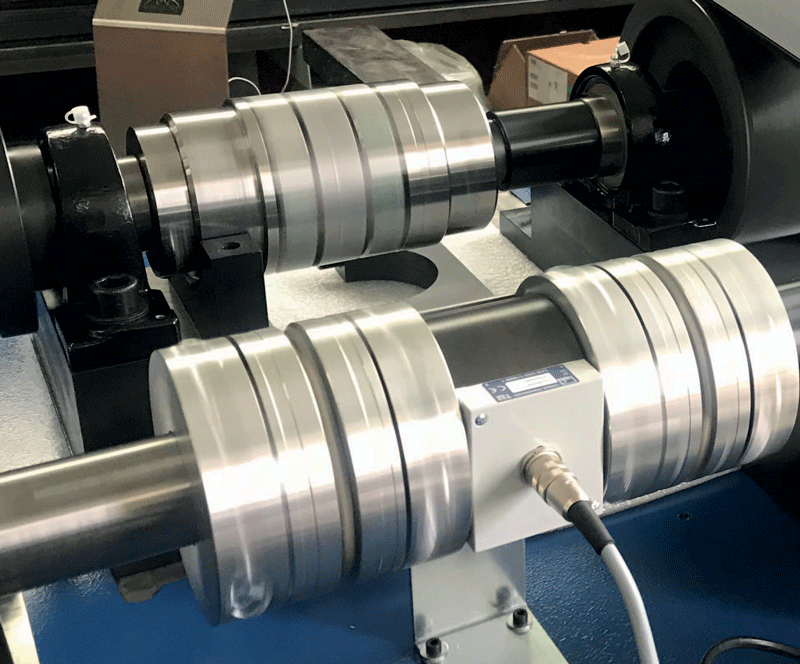
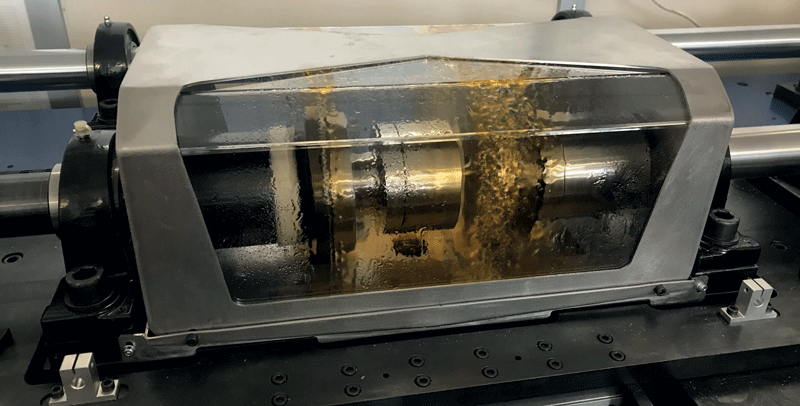
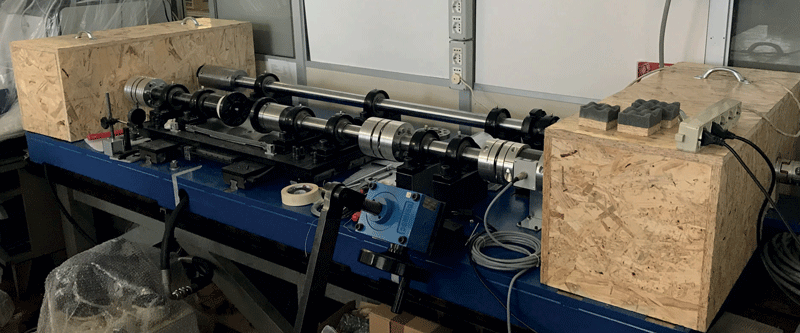
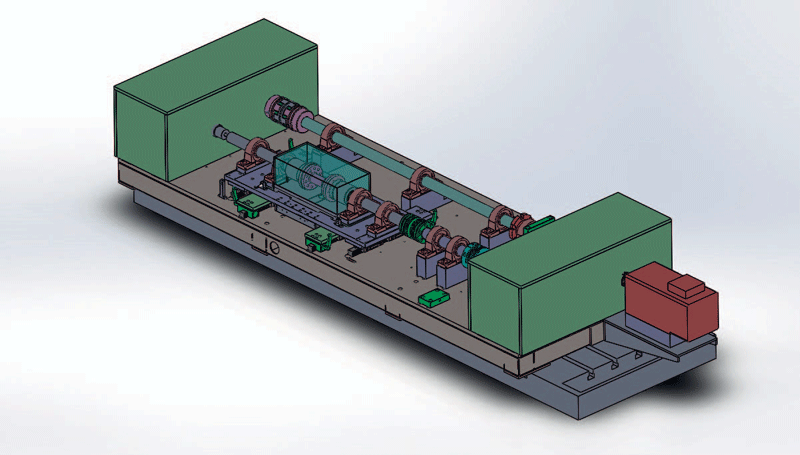
A specific test bench to assess shaft wear during operation
This is the background of the project of the test bench for splines. A whole series of tests have been carried out to define these parameters under given operating conditions. The Department of Aerospace Engineering and Mechanics thus decided to build the specific test bench and chose Mondial as the supplier of the necessary components, for the proven reliability they guarantee. “The test bench we developed and patented is unique – said professor Mura. It has required a complex set-up and will allow us to obtain important information that will be useful for the development of predictive models for the wear of such components. At the end of the tests, in fact, we will have more certain information to select the best treatments for the use of grooves in potentially delicate applications that imply danger in case of wear, but also in sectors in which replacement involves exorbitant costs, such as maintenance on offshore wind power plants”.
The functions of the test bench and its components
The test bench is able to reproduce the real operating conditions of components in terms of misalignment, torque, speed and lubrication, thus allowing to evaluate which parameters can be modified to improve their performance. Tests can be with misalignment down to 0.5 with a maximum torque of 500Nm. At the same time, the oil flow rate, its temperature and the presence of any particles created by the wear of the groove itself are also monitored. Tests allow us to understand, in a given application, what solutions are available to minimise wear: treatments, type of lubrication and tolerances to be adopted.
More in the detail Turin Politecnico relied on Mondial for:
– the elastic couplings and KTR couplings used to connect the different shafts of the bench;
– the ball bearings used to rotate the test bench shafts;
– ETP clamps fitted into the shafts to connect them.
Two Mondial clamps are used here to connect just the two parts of the component under test, while another ETP clamp is used to decouple the shaft and load the component under test. This test bench operates with mechanical power recirculation, so only the power needed to overcome friction is supplied. This test bench works with mechanical power recirculation, therefore only the power necessary to overcome friction is supplied, using an electric motor of 4 kw, against maximum circulating power levels of approx. 150 kw, thus reducing the operating costs of the bench. This also avoids having to insert a brake, which would have a significant cost and would imply a not inconsiderable waste of 150 kW of thermal power, dissipated by generating heat. Mondial has already collaborated with Turin Politecnico, not only as a supplier, but also as a patner for the organization of technical seminars.

